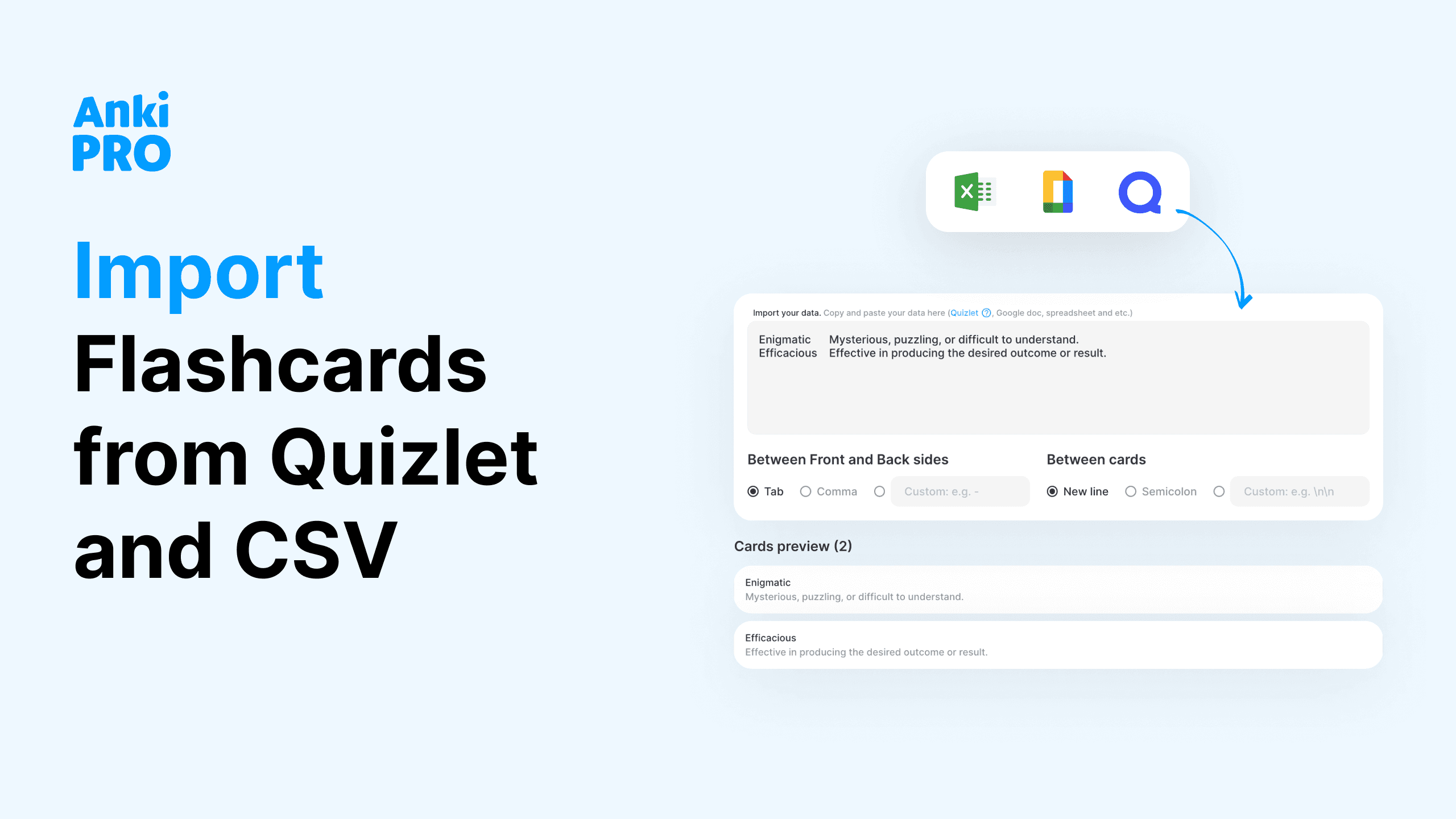Spanish is a beautiful, expressive, and lively language! Even the sound of someone talking in it makes you think of the seaside and some cocktail in the company of your amigos. But dreaming is easy, how do you begin your studies and actually start speaking in Spanish?
What Is Special About Spanish
Spanish is the second most spoken language in the world by native speakers, following Mandarin Chinese. Over 460 million people are Spanish speakers. People say that it is one of the easiest to learn for people who already know English. However, some rules in grammar and some characteristics can cause difficulty (otherwise, it would be too easy).
One difficulty is the fact that Spanish has several dialects that vary distinctly in vocabulary, grammar rules, and pronunciation from region to region and even between regions of one country.
The second complication in how to learn Spanish is the speed of a spoken language. Studies have shown that Spanish is one of the fastest-spoken languages, with speakers articulating more syllables per second than in English or Mandarin. So it is not that easy already!
So, how to learn Spanish fast?

Step 1. Decide What Dialect of Spanish Language You Want to Learn
It is easy to forget about this step if you have never previously studied a language that has so many variations. Imagine, you study with a textbook and only in the middle of it realize that you have been studying the Argentinian dialect and you need Castilian Spanish (spoken in northern and central Spain)! So be careful when thinking about how to learn Spanish if you still doubting what kind of Spanish to learn.
How do you decide? Mostly, think about your goal, why do you want to learn Spanish? If for travels or moving to another country — what kind of Spanish is spoken there? If for business — from what Spanish-speaking country your business partners are? Or if you just learning for self-development, think about the culture of what region you are interested in more: continental Spanish culture or Latin America Culture or something else?
Choose and stick to this type of Spanish to avoid mixing dialects in your mind.

Step 2. Create a Plan on How to Learn Spanish Language
Study plans sound boring and unnecessary, but they actually help to structure your resources and time. Analyze your schedule and determine some amount of time daily and weekly for your language studies. So plan how to learn Spanish.
Preferably spare 10-15 minutes daily for a quick review and one hour twice per week for longer classes: grammar studies, reading, writing and developing speaking skills. Put these time slots in your Google calendars and you will get reminders about your upcoming classes.
Step 3. Find a Teacher If You Want To
Self-studying is effective for some people, but not for everyone. Especially if you don’t have much time (let’s say, you need to learn or improve your Spanish before moving to Spain for work), better choose a good teacher or language school. A teacher will guide you on how to learn Spanish most comfortably. Of course, choose this way only if your budget can afford it (but a good teacher does not always mean expensive). On higher levels, the language teacher will be a great help in mastering the language nuances.
Step 4. How to Speak Spanish From the Very Beginning
Right after you have learned basic vocabulary — start speaking even the simplest phrases like «Hola!¿Como estas», «Buenos Dies», and «¿Como te llamas». Find a speaking buddy, talk to your teacher or Spanish-speaking friends (find ones!).
In past years a lot of people even professional teachers had an idea that you should not start speaking before you learn grammar properly, but this approach is outdated — speaking from the first days of your studies will only make your progress faster. You need to have real conversations! How to speak Spanish? Just start!
Step 5. Spend Some Time on Grammar
Even though you need not be afraid to speak even if you don’t know grammar rules perfectly, you need to learn it. As you start to read and listen in Spanish, you’ll start to see certain grammar patterns and sentence structures repeating. This natural process helps, but you can improve faster by actively studying basic Spanish grammar rules. Then you can start thinking about how to speak Spanish.
Try to divide your study time between different skills, but spend at least 30% of your time on grammar in the first few months. Don’t try to learn everything at once — focus first on the simple grammar needed for basic conversations, and build from there.

Step 6. Read a Lot
Read some simple texts as much as you can. Begin with children’s books or graded readers written for Spanish learners. Gradually move to more complex texts, like short stories. If you already have more vocabulary, read the news in Spanish for additional practice. It will help you to understand how to learn Spanish fast.
You don’t need to read Don Quixote on your A1 level, start with something simple. Read about what you like: your hobbies, movies, and food in Spanish. This gives you a sense of how the language works and broadens your vocabulary. So when you start speaking, you will be more confident.

Step 7. Get Your Ear In
When you just start learning the language (especially Spanish, where native Spanish speakers talk extremely fast), every listening exercise is scary. But it is normal, you just need a lot of practice to get used to the language. So listen a lot if you want to know how to speak Spanish and be able to have a conversation in Spanish.
Find some listening exercises online if you are a complete beginner. Watch cartoons for kids with simpler vocabulary. If you are ready for something more complicated, watch movies, and series and listen to podcasts. Choose your favorite topics to make it even more interesting and motivate yourself to listen to more content.
Step 9. Work on Your Pronunciation
As we already mentioned, when you first listen to spoken Spanish, it might sound like one long, fast sentence. But by learning Spanish sounds and the alphabet, you can improve your listening and pronunciation. This helps you recognize sounds, separate words, and understand native speakers better.
Good pronunciation is the key. Even with strong vocabulary and grammar, poor pronunciation can make it hard for others to understand you. Start practicing pronunciation early, as bad habits are tough to fix later on. So before you start thinking about how to speak Spanish, make sure to learn pronunciation.
Effective ways to improve your Spanish accent include working with expert tutors, getting feedback from native speakers, using voice recognition, or recording yourself to compare with a native speaker.
Step 10. Immerse Yourself In Spanish
Once you’ve begun understanding and speaking some Spanish, it’s time to fully immerse yourself in the language. Try to engage with Spanish in as many ways as possible to boost your progress.
Start by setting your phone and AI assistant to Spanish, labeling household items, and following Spanish speakers on social media. You could also practice by ordering in Spanish at Latin or Spanish restaurants, posting on social media, or cooking with Spanish recipes.
If you can, travel to a Spanish-speaking country for even more exposure (or maybe you are already there?). The more you integrate Spanish into your daily life, the faster you’ll learn. Vamos!

Step 11. Learn the Culture of the Region
If you are not sure how to learn Spanish, start by studying the culture. Immerse yourself not only in a language but in a whole culture. If you are studying Latin-American Spanish, read books by the authors from there, and watch movies and documentaries about it. The same about other Spanish-speaking countries: learn about the food, music, and cities. Language is a part of the culture, so studying the culture improves your understanding of the language (and vice versa).
How to Improve Your Spanish With Spanish Flashcards?
One of the most important things in learning any language is learning the vocabulary. Even though some words in Spanish are similar to English, you need to put in some work to get into a conversation level or further. One of the best ways to learn them is using Spanish flashcards for studying with spaced repetition.
Flashcards are an effective and flexible way to build vocabulary and reinforce grammar. You can study with an application like Anki Pro or choose old-way paper flashcards. It is up to you to decide how to learn Spanish.
But making paper flashcards is a longer way, as well it is less convenient because with digital flashcards you can study with an automated system of spaced repetition. If you want to know how to make your decks, read this article.
Here are some decks from the library of pre-made decks in Spanish you can use.

First 440 Words in Spanish (Most Common)
A good way to start — study the most common words in Spanish to make your first conversation. Starting from the simplest (like el agua) and continuing with more complex (like quedar — remain) this deck will help you to memorize some basic words. Study regularly to build the vocabulary foundation and go up to the next level.
Explore the deck: First 440 Words in Spanish (Most Common
Beginner Spanish Sentences with Audio
A well-designed Spanish flashcard deck can help you learn vocabulary and grammar by translating sentences on the go and absorbing sentence structure rules. This approach lets you practice vocabulary in context while learning how Spanish sentences are put together, making your learning more efficient and practical. Each Spanish flashcards are supported with audio to improve your listening comprehension and practice correct pronunciation.
Explore the deck: Beginner Spanish Sentences with Audio
Complete Spanish Step-by-Step
Another deck with the translation of sentences, not for complete beginners, but for those who started recently, but have some vocabulary. With this deck, the question of how to learn Spanish becomes a little bit easier. There are almost 4000 cards for every occasion, you can learn new vocabulary and learn how conjunctions and different times work.
Explore the deck: Complete Spanish Step-by-Step
Beginner Spanish phrases
Vocabulary and phrases for basic survival minimum in Spanish-speaking countries or for feeling the gaps in your learning process. Greetings, how to ask for directions, small-talks in shops: you will learn everything like this from this deck.
Explore the deck: Beginner Spanish phrases
So, here is all the information about how to learn Spanish fast. Now is the time to practice and learn on your own. Vamos!










